It takes a great deal of academic freedom, a drive for creativity, world-class research infrastructure and serious investment for a university to attract and retain the kind of scholars that will go on to win Nobel prizes.
More than 100 institutions across the world have achieved just that this century. Here we reveal which universities come out top in terms of the number of Nobel prizes awarded since 2000.
The list was produced by giving each university a score based on the number of winners affiliated with the institution at the time their award was granted. The score was then weighted based on the number of prizewinners for the category and the number of institutions affiliated with each award winner. Literature and peace prizewinners were excluded from the analysis.
The THE World Academic Summit, which is being held at the University of Melbourne from 30 September to 2 October, will include a session on nurturing the next generation of Nobel prizewinners, and will hear from internationally acclaimed laureate Brian Schmidt.
10. Max Planck Society

The Max Planck Society in Germany received its most recent Nobel prize last year, when Stefan Hall won the chemistry award “for the development of super-resolved fluorescence microscopy”.
Christina Beck, head of communication at the institution, said the secret to Max Planck’s success lies in its understanding of what creates outstanding research and producing an environment that allows talented scientists to develop.
“When it comes to establishing cutting-edge research, it is people who are decisive, not topics,” she told Times Higher Education. “In an extensive selection process, the Max Planck Society therefore attempts to identify those high-potential scientists who dare to take on completely new approaches and unusual ideas regarding scientific problems.
“We offer these top scientists great scientific autonomy and best working conditions – high risk and high trust are our core principles.”
=8. Technion Israel Institute of Technology

Technion is the second of just two non-US institutions in this elite top ten. It has won three Nobel prizes this century, all in chemistry. The most recent of these was Dan Shechtman’s award in 2011 for his discovery of quasicrystals, where atoms are ordered over long distances but not in the periodically repeating arrangement of traditional crystals.
=8. Massachusetts Institute of Technology
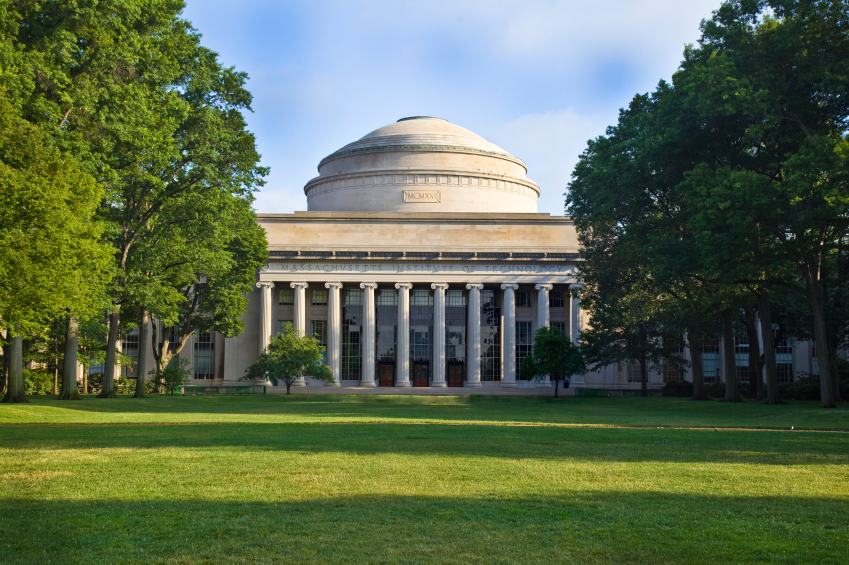
MIT economist Peter Diamond won the Nobel Prize in Economic Sciences in 2010 for his “analysis of markets with search frictions”, but the institution has won most of its Nobel awards in physics, with Wolfgang Ketterle and Franck Wilczek picking up the prize in this field in 2001 and 2004 respectively.
MIT is ranked sixth in our World University Rankings 2014-15 and joint first when ranked on the citations score alone.
7. University of California, Santa Barbara
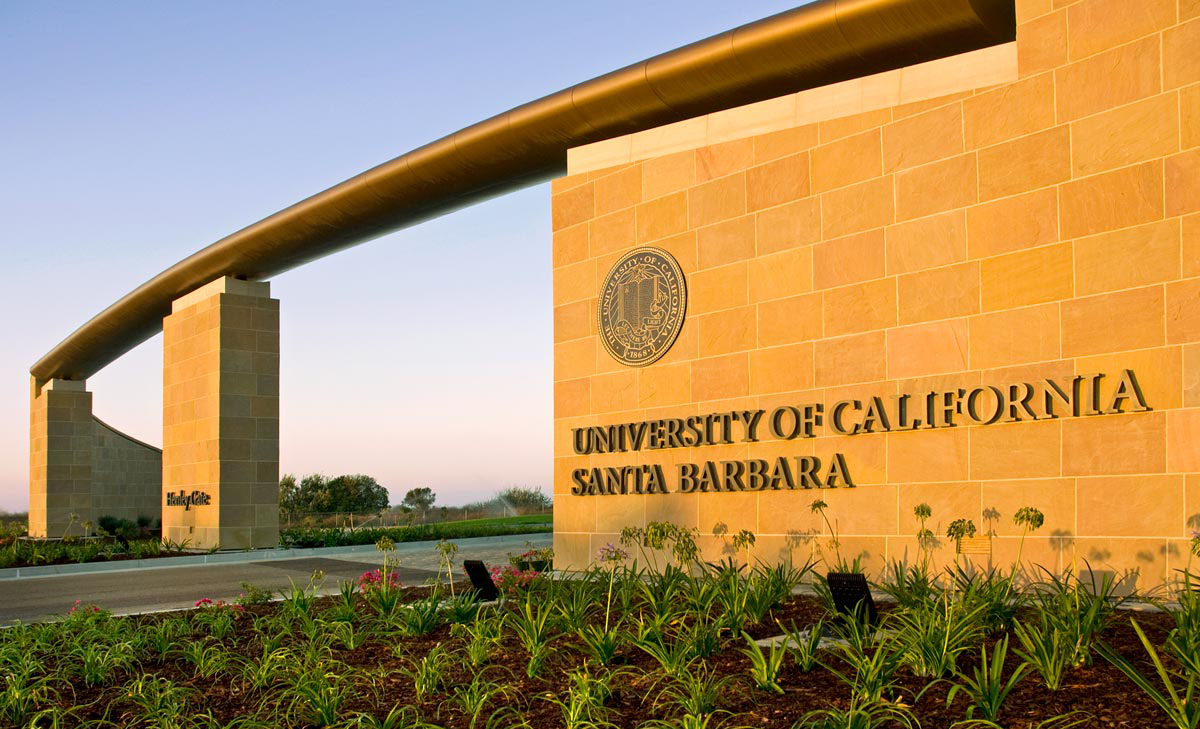
Shuji Nakamura, professor of materials and electrical and computer engineering at the University of California, Santa Barbara, won the Nobel Prize in Physics last year for the invention of efficient blue light-emitting diodes, which has enabled the creation of bright and energy-saving white light sources. He holds more than 200 US patents and over 300 Japanese patents.
Overall, since 1998, six of Santa Barbara’s current academics have won Nobel prizes.
Henry Yang, chancellor of the university, said its success is down to its focus on “developing an intellectual environment that nurtures collegial partnerships”.
“We rely on the belief that a quality and diverse faculty attracts quality and diverse students, and vice versa. As a result, the recruitment – through sincere and persistent invitations – the long-term cultivation, and the wholehearted, proactive retention of exceptional talent have become ingrained in the culture of our university,” he said.
6. Howard Hughes Medical Institute
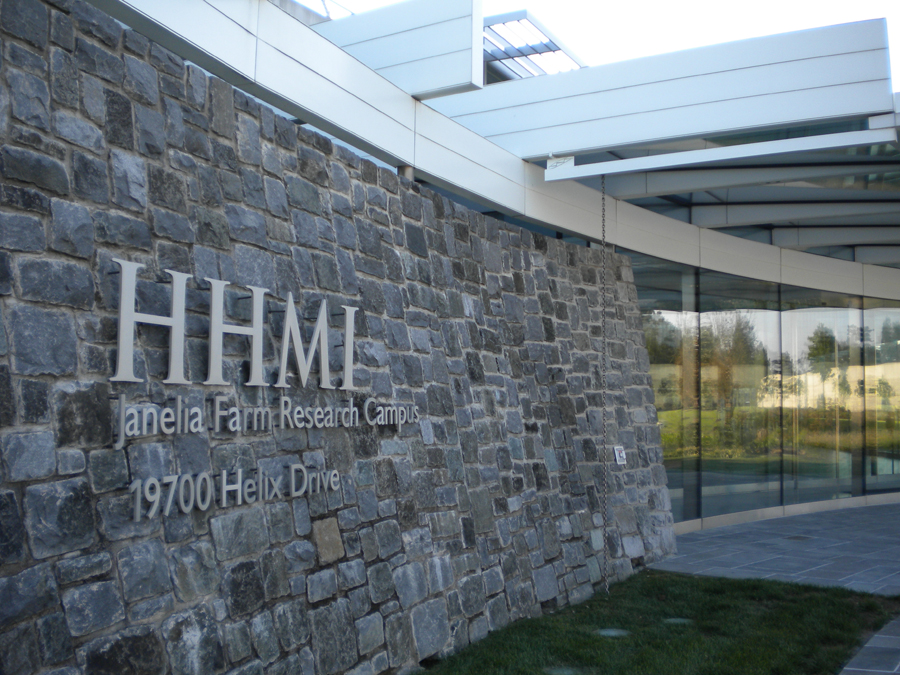
Overall nine of the Nobel prizewinners in the 21st century were affiliated with the Howard Hughes Medical Institute when they won their award. The most recent of these is Eric Betzig, group leader at the institute’s Janelia Research Campus, who won the chemistry award last year for the “development of super-resolved fluorescence microscopy”.
=4. University of Chicago

Three of the four Nobel awards that The University of Chicago has won this century have been in the field of economic sciences. Eugene Fama and Lars Peter Hansen were the joint winners in this field in 2013 for their “empirical analysis of asset prices”.
The University of Chicago is the 11th highest institution in the THE World University Rankings 2014-15.
=4. Princeton University
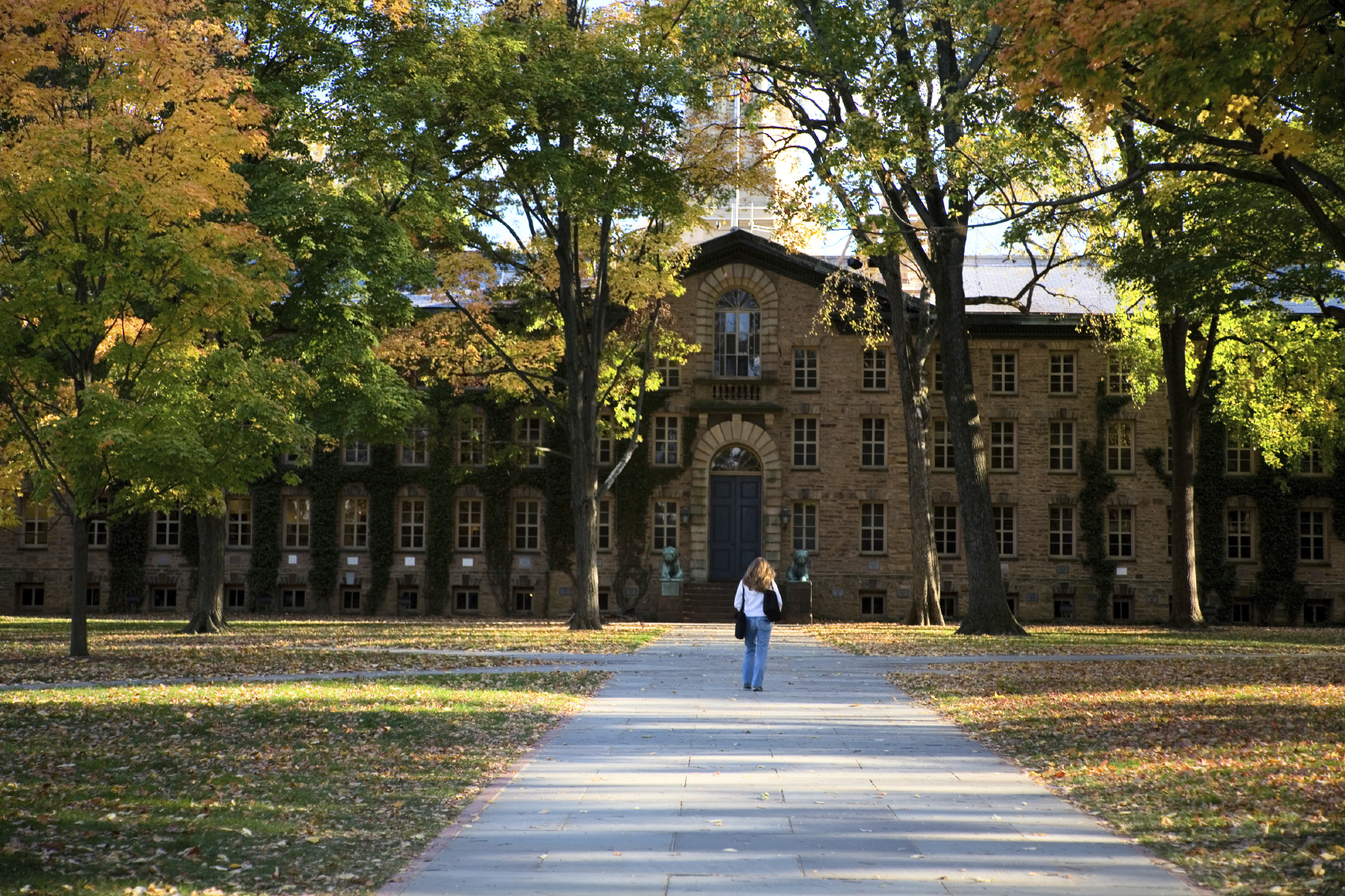
Much of Princeton University’s leading research has also been in the field of economic sciences, with the institution picking up the award in this category in 2002, 2008 and 2011. The 2011 winner, Christopher Sims, won the prize for his “empirical research on cause and effect in the macroeconomy”.
3. University of California, Berkeley

The University of California, Berkeley has won Nobel prizes across economic sciences, physics and physiology/medicine. Its most recent winners, Randy Schekman and Thomas Sudhof, picked up the physiology award in 2013 for their discoveries of machinery regulating vesicle traffic, a major transport system in our cells.
Nicholas Dirks, chancellor of the University of California, Berkeley, will be speaking at the THE World Academic Summit next month, addressing the subject: “The future of the world class university”.
2. Columbia University

Columbia University last won a Nobel prize in 2008, when Martin Chalfie picked up the chemistry award for the discovery and development of the green fluorescence protein, GFP.
The university’s current staff includes eight Nobel laureates.
1. Stanford University
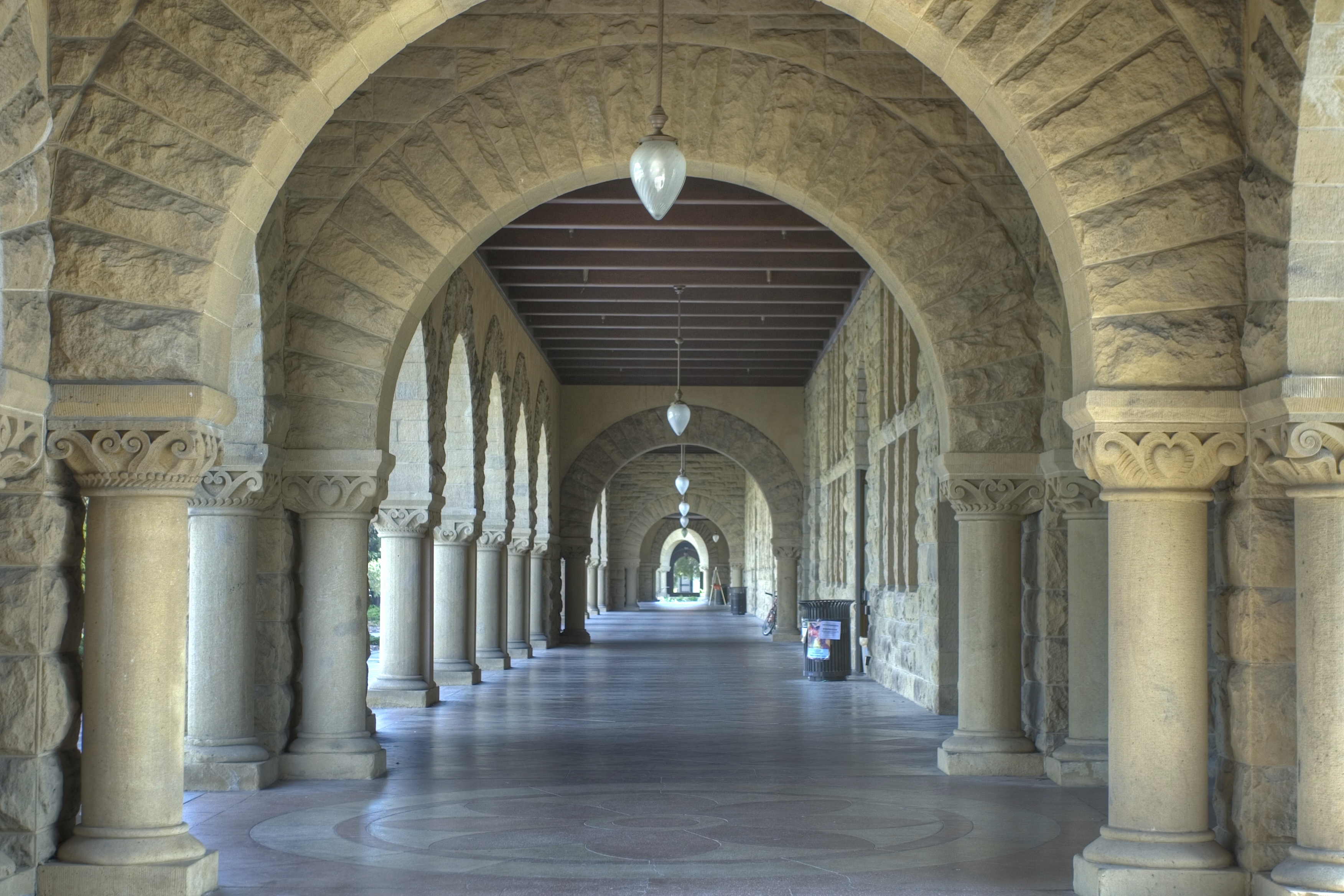
The top institution for producing Nobel prizewinners this century is Stanford University.
Overall, seven Nobel laureates awarded in the 21st century were associated with the institution and a Stanford academic has won the chemistry prize for the past three years in a row.
The institution is ranked fourth in our latest World University Rankings, and the second highest institution in the US, behind Harvard.
Register to continue
Why register?
- Registration is free and only takes a moment
- Once registered, you can read 3 articles a month
- Sign up for our newsletter
Subscribe
Or subscribe for unlimited access to:
- Unlimited access to news, views, insights & reviews
- Digital editions
- Digital access to THE’s university and college rankings analysis
Already registered or a current subscriber?



